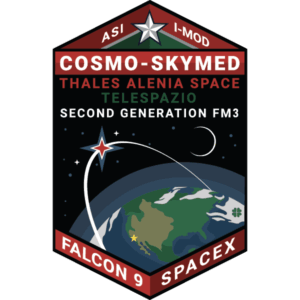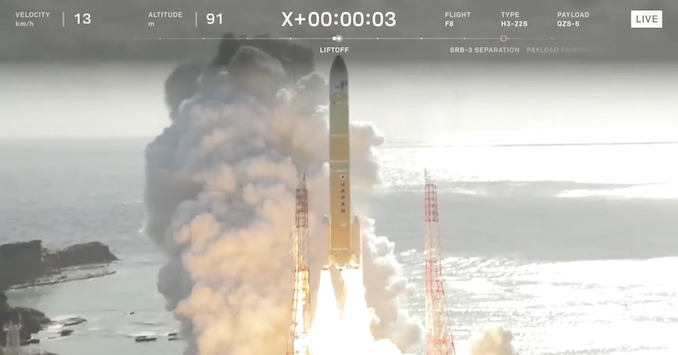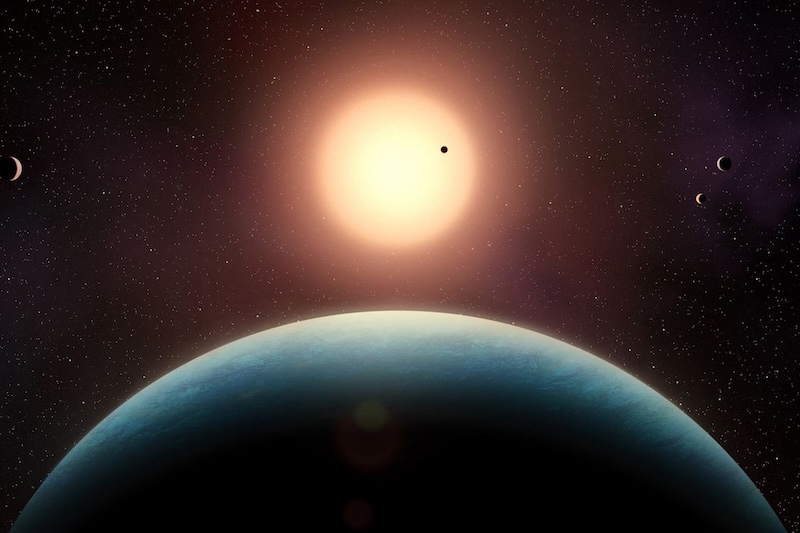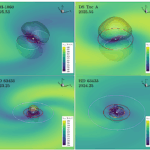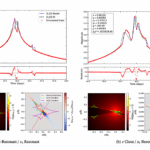Now Reading: Live coverage: Former members of Crew-9, Starliner-1 missions unite to fly to the Space Station
-
01
Live coverage: Former members of Crew-9, Starliner-1 missions unite to fly to the Space Station
Live coverage: Former members of Crew-9, Starliner-1 missions unite to fly to the Space Station
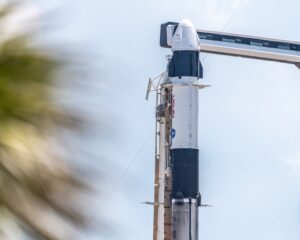
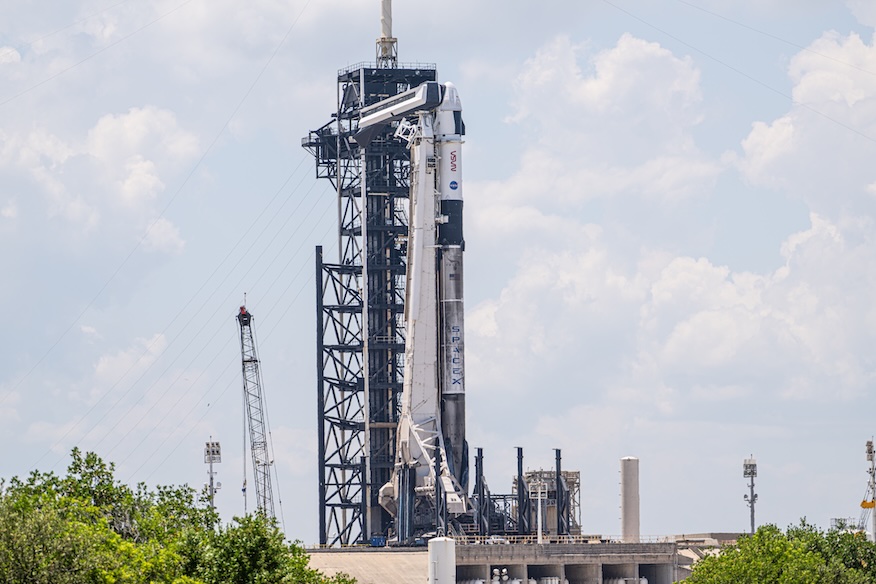
A group of astronauts and a cosmonaut originally slated to fly on other missions are finally getting their ticket to ride. The quartet, led by NASA astronaut Zena Cardman, will head to the International Space Station beginning with a launch scheduled for Thursday afternoon.
The SpaceX Crew-11 mission will launch onboard the Crew Dragon Endeavour spacecraft atop a Falcon 9 rocket. Liftoff from Launch Complex 39A at NASA’s Kennedy Space Center is scheduled for 12:09 p.m. EDT (1609 UTC).
Spaceflight Now will have live coverage beginning about four hours prior to liftoff.
On Wednesday, the 45th Weather Squadron forecast a 90 percent chance for favorable weather at launch. Meteorologists said there was a low probability for interference from cumulus clouds.
“The abort weather also looks very favorable [on Thursday] as well, with winds and waves all along the ascent track being within limits,” said Steve Stich, NASA’s Commercial Crew Program manager, during a prelaunch briefing on Wednesday. “We’ll watch showers or thunderstorms, potential forecast in the staging area. We’ll watch that very carefully.”
Teams are hoping for a good launch on Thursday since the weather outlook deteriorates as the week progresses into the weekend.
SpaceX will use the Falcon 9 first stage booster with the tail number B1094 to launch this mission. It previously flew on Starlink 12-10 on April 29 and Axiom Mission 4 (Ax-4) on June 25.
The booster experienced a liquid oxygen leak during the landing on the droneship, ‘A Shortfall of Gravitas,’ during the Starlink 12-10 mission, which reappeared during prelaunch testing on Ax-4.
The test campaign ahead of Crew-11 didn’t show another leak, but Stich said following the static fire test on Tuesday (originally scheduled for Monday, but scrubbed due to a sensor issue on the strongback), SpaceX replaced one of the engine controllers on B1094’s engine five.
“It had some anomalous signatures and so we’ve replaced that,” Stich said. “We’ve checked that out and it’s good for flight.”
A little less than eight minutes after liftoff, B1094 will target a touchdown at Landing Zone 1 (LZ-1) at Cape Canaveral Space Force Station. This will be the 53rd landing at LZ-1, if all goes well, and according to William Gerstenmaier, SpaceX’s vice president of Build and Flight Reliability, this is also the planned last SpaceX use of LZ-1.
The U.S. Space Force is requiring launch providers who want to use landing pads to have them located at the launch complex where the rocket departs. Gerstenmaier said they will continue use of LZ-2 following the retirement of LZ-1.
The two landing pads are located at Launch Complex 13, the future home of Vaya Space and Phantom Space for their small, orbital class rockets.
SpaceX upgrades
The Crew-11 mission will be the sixth flight for the Crew Dragon Endeavour, which first flew on the Demo-2 mission in May 2020. NASA and SpaceX conducted thorough reviews of the various subsystems on the vehicle, since this is the first to make a sixth flight.
When Dragon was certified for long-duration missions as part of the Commercial Crew Program, it was cleared for up to five flights. Ultimately, NASA and SpaceX want to clear the spacecraft for up to 15 flights.
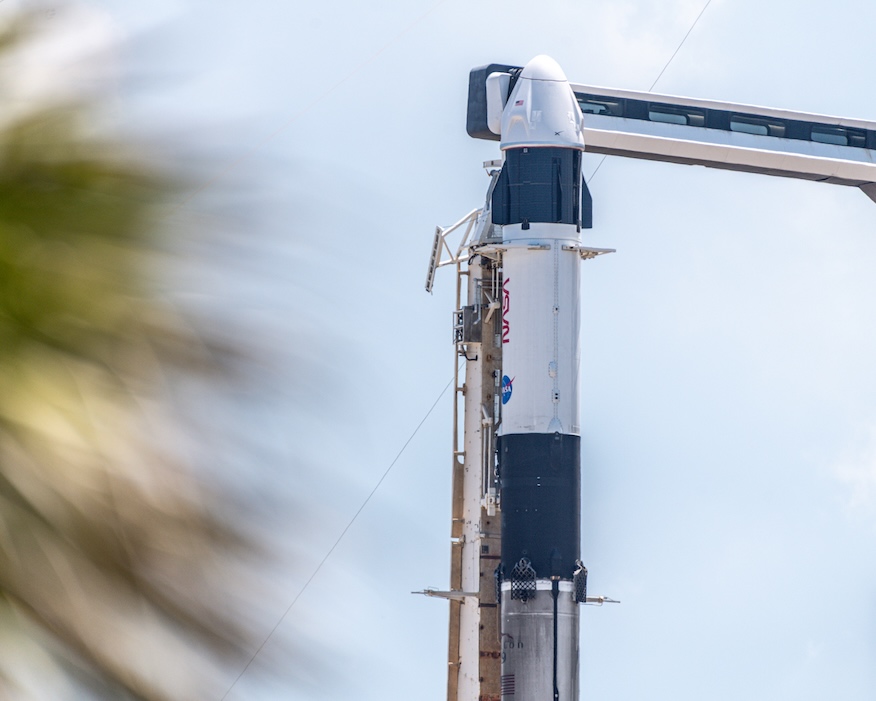
SpaceX launched its fifth and final Crew Dragon vehicle, named Grace, on the Ax-4 mission.
Among some of the more recent modifications made to Dragon are the improvements made to the vehicle’s heat shield and to its parachute deployment system. Both were put on display during the return of Ax-4 from the ISS.
Gerstenmaier said that the Crew-11 pilot, NASA astronaut Mike Fincke, would also be sporting and upgraded intra-vehicular activity (IVA) flight suit. He said it featured improved mobility.
Meet the Crew
The four members of the Crew-11 mission share the unique bond that they were all previously assigned to different missions before they found their way to this particular flight.
Cardman was set to fly on the Crew-9 mission as its commander, but when issues arose on the Boeing CST-100 Starliner spacecraft amid its Crew Flight Test, NASA opted to ground her and fellow NASA astronaut, Stephanie Wilson, to free up two seat to be used by the CFT crew.
Cardman was quickly reassigned to Crew-11, but as of Thursday, it’s unclear when Wilson may fly. This will be Cardman’s first trip to space.
Her pilot, Fincke, is very familiar with spaceflight, since this will be his fourth trip to the International Space Station and his third spacecraft that will take him there. As a nice, full circle moment before he flies on Dragon Endeavour, his last trip to space was on STS-134, which featured the Space Shuttle orbiter named Endeavour.
He too came from another mission: Starliner-1. He was training alongside NASA astronaut and Starliner-1 commander Scott Tingle along with the two mission specialists: Canadian Space Agency astronaut Joshua Kutryk and Japan Aerospace Exploration Agency (JAXA) astronaut Kimiya Yui.
Yui is now serving as a mission specialist for the Crew-11 mission. This will be his second trip to the ISS after previously launching a decade ago on a Russian Soyuz spacecraft.
He was part of the development team for a JAXA cargo vehicle called the HTV-X, which is scheduled to launch to the space station this Fall. Yui will help oversee its arrival and docking, similarly to when the fifth HTV spacecraft arrived in 2015.
Rounding out the crew is Roscosmos cosmonaut Oleg Platonov, who is making his first trip to space. He was training to be a backup crew member on a Soyuz flight when he was pulled from that mission by the medical board.
Like six other people before him, his ride onboard a Dragon spacecraft comes as a result of a seat swap agreement between NASA and Roscosmos.
These four astronauts and cosmonaut are set to spend at least six months, and potentially up to eight months, onboard the ISS conducting dozens of science experiments.
Stay Informed With the Latest & Most Important News
-
 01From Polymerization-Enabled Folding and Assembly to Chemical Evolution: Key Processes for Emergence of Functional Polymers in the Origin of Life
01From Polymerization-Enabled Folding and Assembly to Chemical Evolution: Key Processes for Emergence of Functional Polymers in the Origin of Life -
 02Panasonic Leica Summilux DG 15mm f/1.7 ASPH review
02Panasonic Leica Summilux DG 15mm f/1.7 ASPH review -
 03Two Black Holes Observed Circling Each Other for the First Time
03Two Black Holes Observed Circling Each Other for the First Time -
 04How New NASA, India Earth Satellite NISAR Will See Earth
04How New NASA, India Earth Satellite NISAR Will See Earth -
 05And Thus Begins A New Year For Life On Earth
05And Thus Begins A New Year For Life On Earth -
 06Astronomy Activation Ambassadors: A New Era
06Astronomy Activation Ambassadors: A New Era -
07SpaceX launch surge helps set new global launch record in 2024












